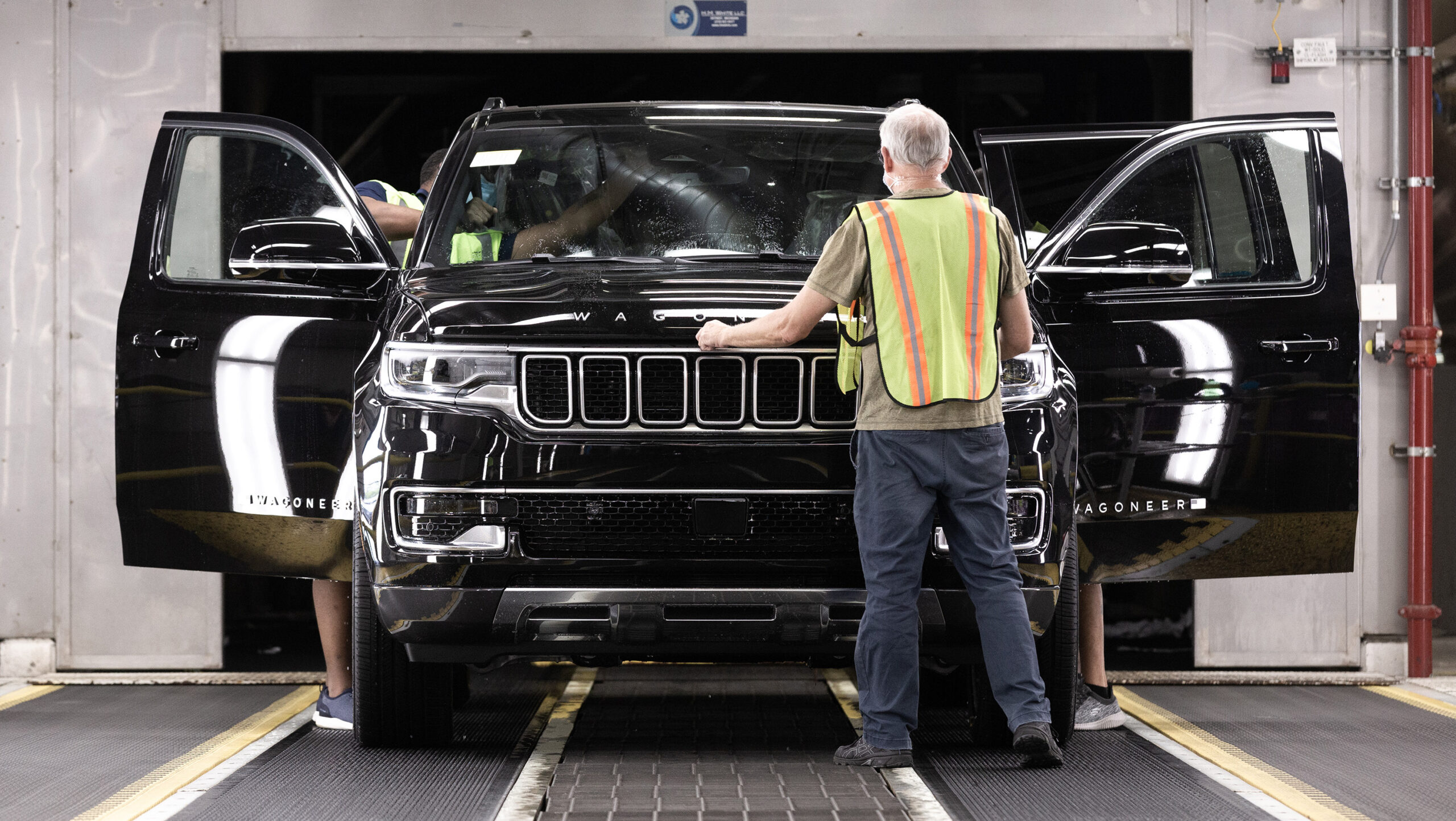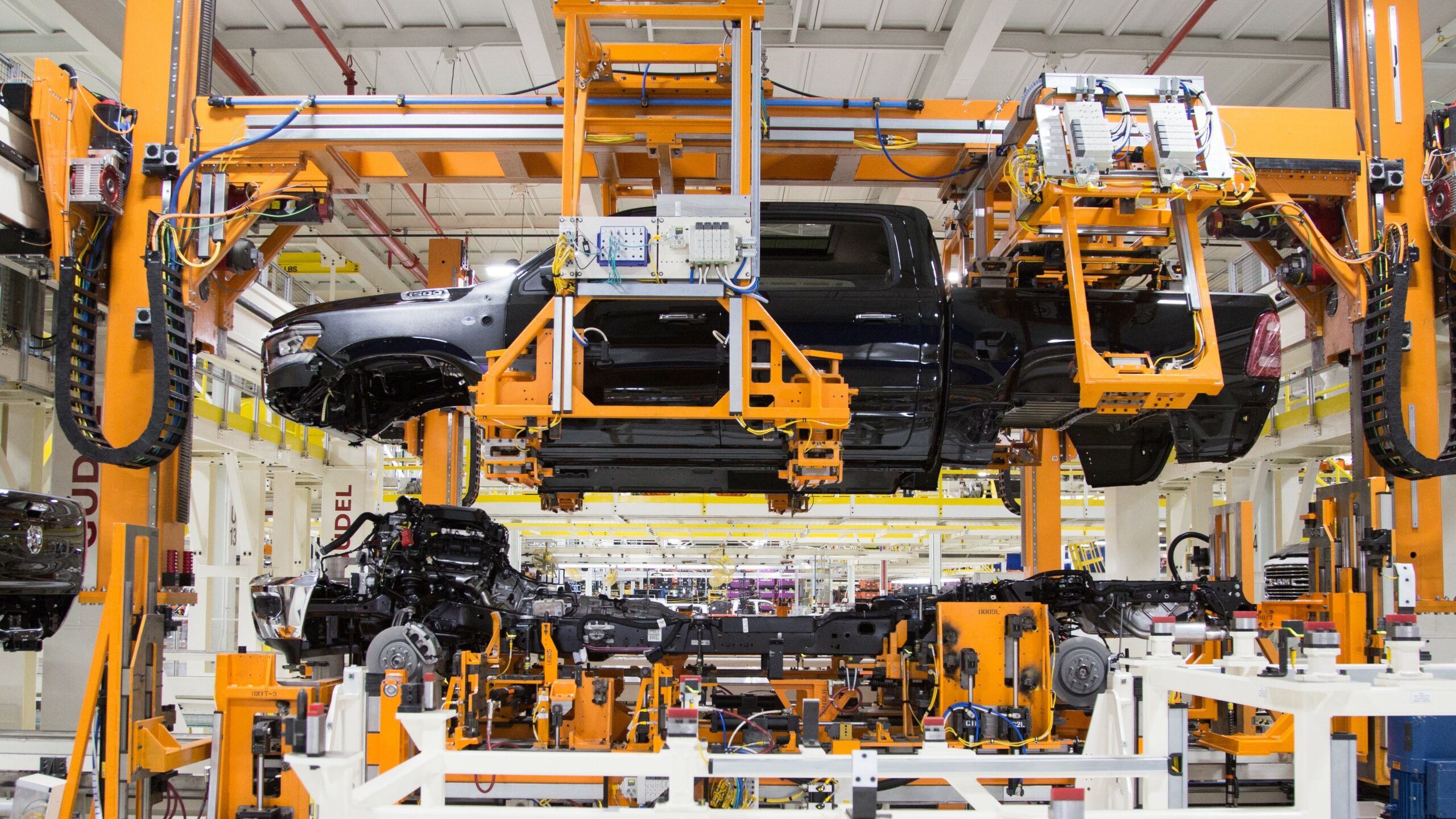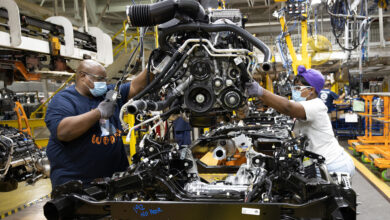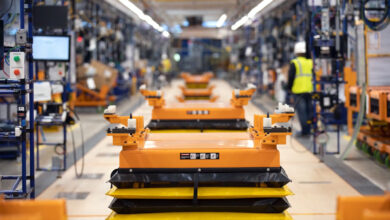Trump Threatens 100% Tariff on Stellantis if Jobs Move to Mexico
Vows Action If Automaker Moves U.S. Jobs to Mexico...
During a rally in Michigan on Friday, former President and 2024 Republican presidential candidate Donald Trump vowed to impose a 100% tariff on Stellantis vehicles if the company decides to shift jobs from the United States to Mexico. The announcement came as Trump addressed supporters in a key battleground state, emphasizing the importance of protecting American jobs.
“Tell Stellantis that if they plan on moving, we’re going to charge them a 100% tariff on every car … and they won’t move,” Trump declared, stressing his commitment to keeping manufacturing and employment opportunities within the country.

Trump’s remarks coincide with Stellantis’ recent decision to expand its Saltillo Truck Assembly Plant (STAP) in Mexico, a move that has sparked debate among workers and politicians. Chrysler/Ram CEO Chris Feuell explained the reasoning behind the expansion, describing it as a necessary “relief valve” for the Sterling Heights Assembly Plant (SHAP) in Michigan, which is approaching its production capacity limits.
In a statement during a Reuters event in Detroit, Feuell elaborated, “The plant in Saltillo does a really good job managing the complexity, and they’re already building pickup trucks down there.” She clarified that the move wasn’t financially driven or a result of cost-cutting efforts, especially following Stellantis’ labor agreements with the United Auto Workers (UAW) union. Instead, the decision aimed to optimize production and ensure the company’s operations remain efficient.

The Saltillo facility has a history of assembling various Ram models, including the Heavy Duty Ram 2500, 3500, 4500, and 5500 trucks. With the recent conclusion of Ram 1500 Classic production, the plant now has additional capacity to focus on building fifth-generation Ram 1500 trucks for export. Key international markets include the Middle East, Europe, Australia, and Latin America, where demand for Ram vehicles has been growing significantly. In fact, Brazil has emerged as Ram’s second-largest global market, highlighting the brand’s international success.
Despite concerns raised about moving production south of the border, Feuell emphasized that utilizing Saltillo for export purposes was a strategic choice. “It’s about managing production complexity efficiently,” she said, pointing out that the nearby Warren Truck Assembly Plant (WTAP) had already streamlined its operations. WTAP currently runs a single shift focused on producing the Jeep® Wagoneer and Grand Wagoneer models, limiting its ability to absorb the production of additional Ram trucks.

The expansion decision comes at a time when WTAP has experienced job cuts, with 1,100 positions eliminated following the discontinuation of the Ram 1500 Classic in the United States and Canada. Nevertheless, Feuell remained confident in Chrysler’s future, stating, “Chrysler has a very well-funded product and technology roadmap,” despite Stellantis CEO Carlos Tavares’ earlier comments about the potential elimination of underperforming brands.
Stellantis’ global strategy involves optimizing its manufacturing footprint to meet international demand. By dedicating Saltillo to export markets, the company aims to support Ram’s growing presence in regions outside North America. Feuell reiterated that the decision was about efficiency, not cost-cutting.

As the debate continues, Trump’s proposed tariffs have added another layer to the conversation about the automotive industry’s future and the impact of globalization on American jobs. For now, the focus remains on balancing domestic manufacturing needs with the company’s broader global ambitions.






4 replies
Loading new replies...
Join the full discussion at the Mopar Insiders Forum →